At first glance, Alaska and Patagonia might seem worlds apart – separated by nearly 10,000 miles and spanning different hemispheres. Yet these wilderness frontiers at opposite ends of the Americas share remarkable parallels that often surprise even seasoned travelers.
Despite their geographic separation, they’re practically spiritual siblings in the realm of extreme landscapes. Here is a list of 20 fascinating similarities between these iconic wild regions that reveal their shared DNA as some of Earth’s last great wildernesses.
Dramatic Glacial Landscapes
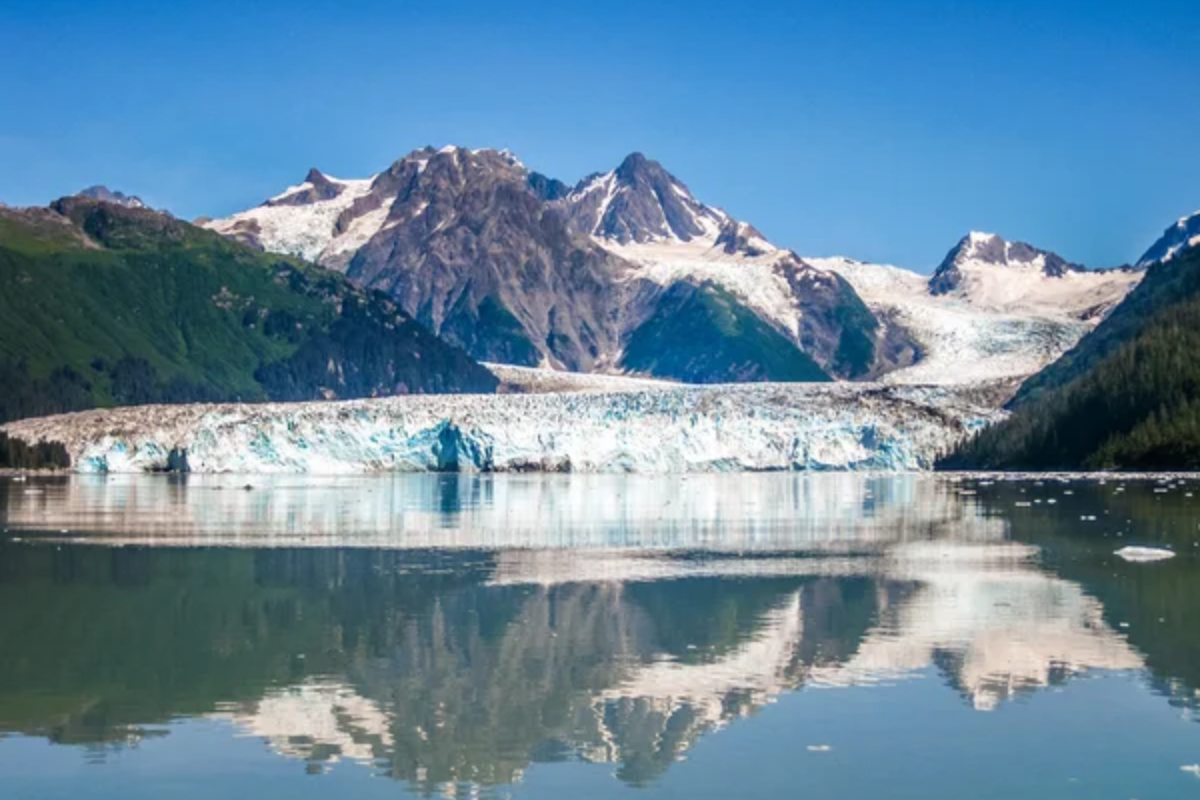
Alaska and Patagonia both host some of the world’s most accessible non-polar glaciers – with Alaska’s Mendenhall and Patagonia’s Perito Moreno drawing thousands of visitors annually. Both regions feature massive ice fields that have shaped their terrain over millennia – the Juneau Icefield covers 1,500 square miles, while the Southern Patagonian Ice Field spans about 4,700 square miles.
Walking on these ancient ice formations feels remarkably similar despite being on opposite sides of the equator.
Unpredictable Weather Patterns

Both destinations share notoriously fickle weather that can deliver four seasons in a single day—sunshine can transform to rain sideways and back again within hours. Locals in both regions have the same saying: ‘If you don’t like the weather, wait 15 minutes.’
This meteorological unpredictability creates similar travel challenges, requiring virtually identical layering strategies and gear recommendations regardless of which destination you choose.
Like Travel Pug’s content? Follow us on MSN.
Remote Wilderness Access
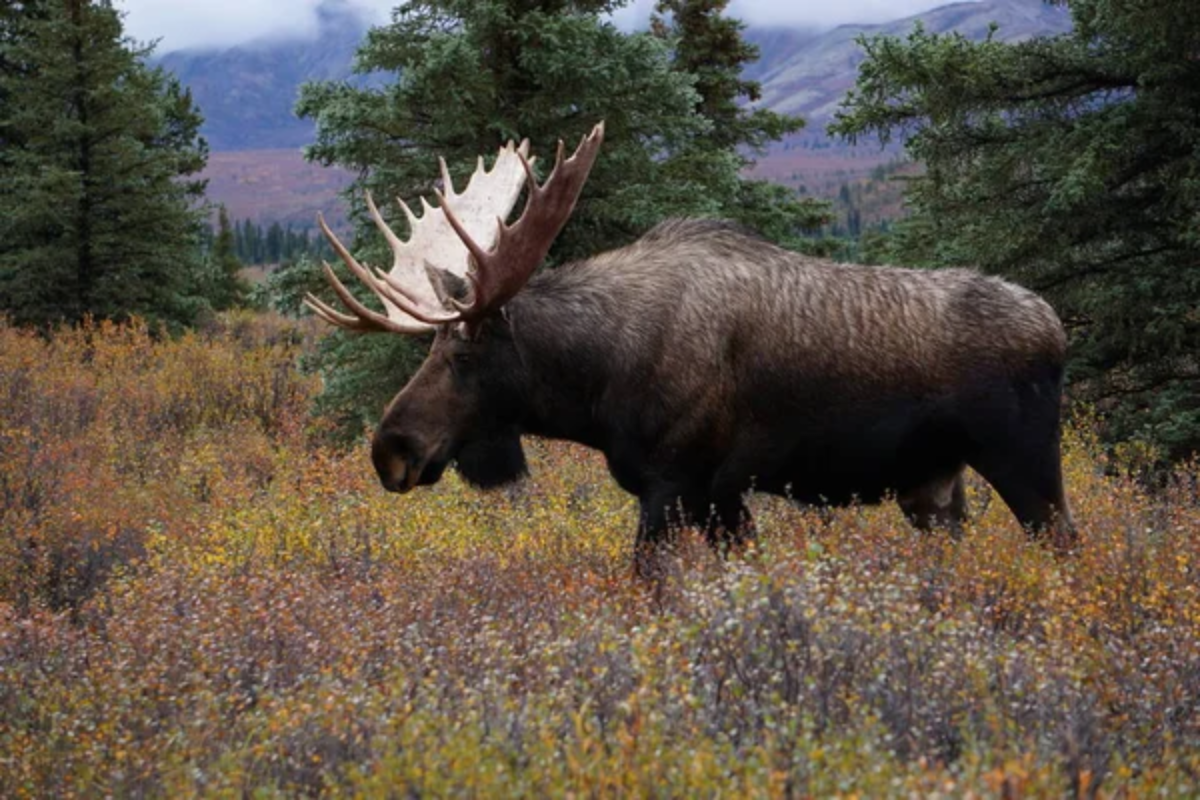
Getting deep into either wilderness requires similar logistical planning – with small aircraft, boats, and substantial hiking often being the only ways to reach truly pristine areas. Bush planes in Alaska and charter flights in Patagonia serve identical purposes – delivering adventurers to landing strips where road networks simply don’t exist.
Both regions maintain a frontier character where self-sufficiency remains essential once you venture beyond main tourist areas.
Stunning Mountain-to-Sea Transitions

Both destinations feature dramatic landscapes where towering peaks descend directly into maritime environments. Alaska’s Inside Passage and Patagonia’s fjords create nearly identical scenic profiles – where visitors can photograph snow-capped mountains reflected in ocean waters within the same frame.
This compressed ecological gradient from alpine to marine environments exists in few other places on Earth at such a stunning scale.
World-Class Fishing Opportunities
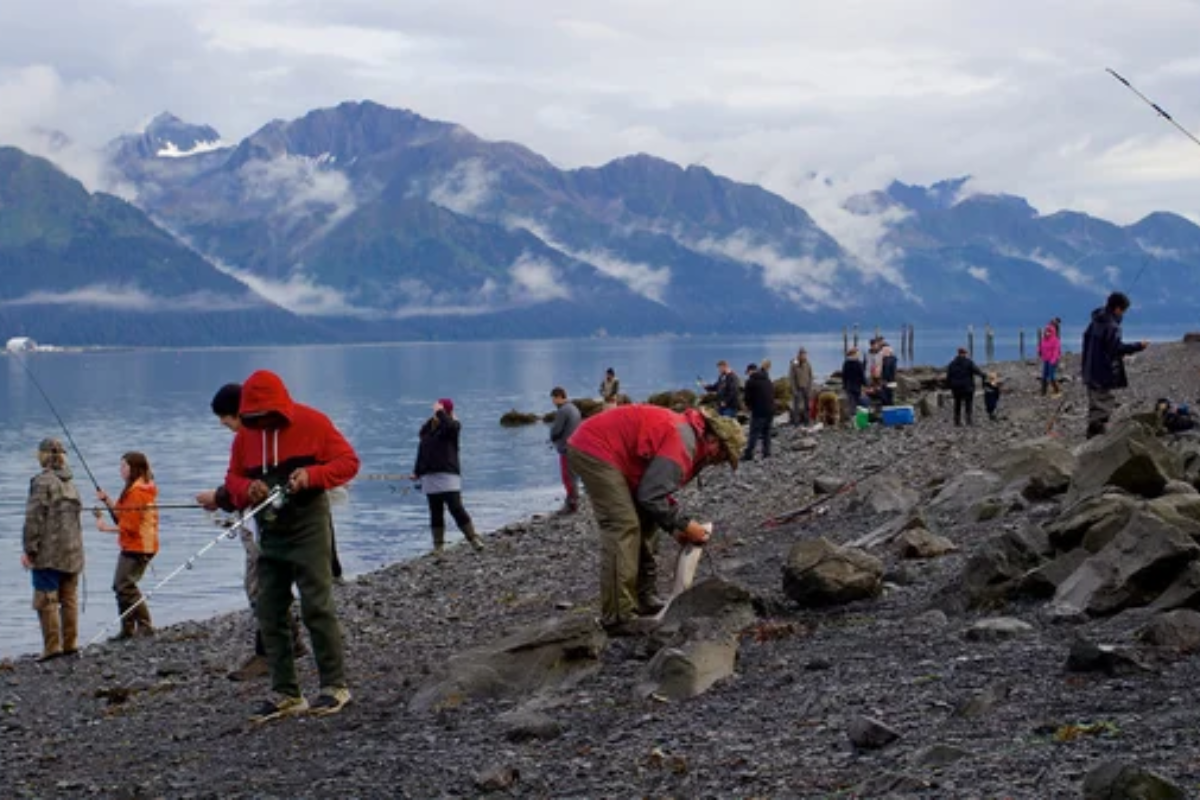
Anglers travel globally to both destinations for remarkably similar fishing experiences – with salmon in Alaska and trout in Patagonia being the prized catches. Both regions host legendary fishing lodges charging premium rates for access to remote waters where catch rates remain exceptional.
The fishing techniques, gear recommendations, and even the riverbank experiences parallel each other despite targeting different species.
Like Travel Pug’s content? Follow us on MSN.
Challenging Hiking Conditions
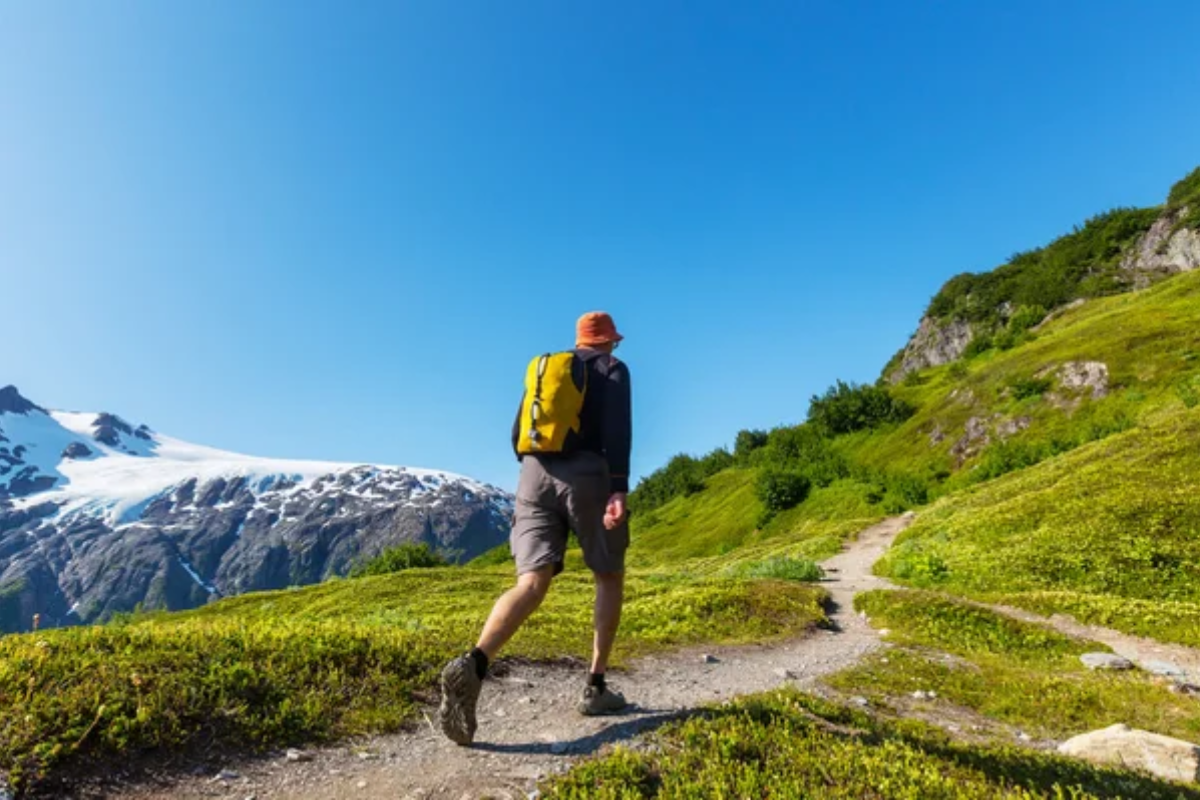
Trekking in either region means navigating similar terrain challenges – crossing unbridged rivers, traversing boggy ground, and sometimes following faint trails. Denali National Park and Torres del Paine present comparable hiking experiences where weather exposure, elevation changes, and primitive trail conditions create nearly identical physical demands.
Experienced hikers note that physical preparation for either destination serves perfectly for the other.
Epic Road Trip Potential
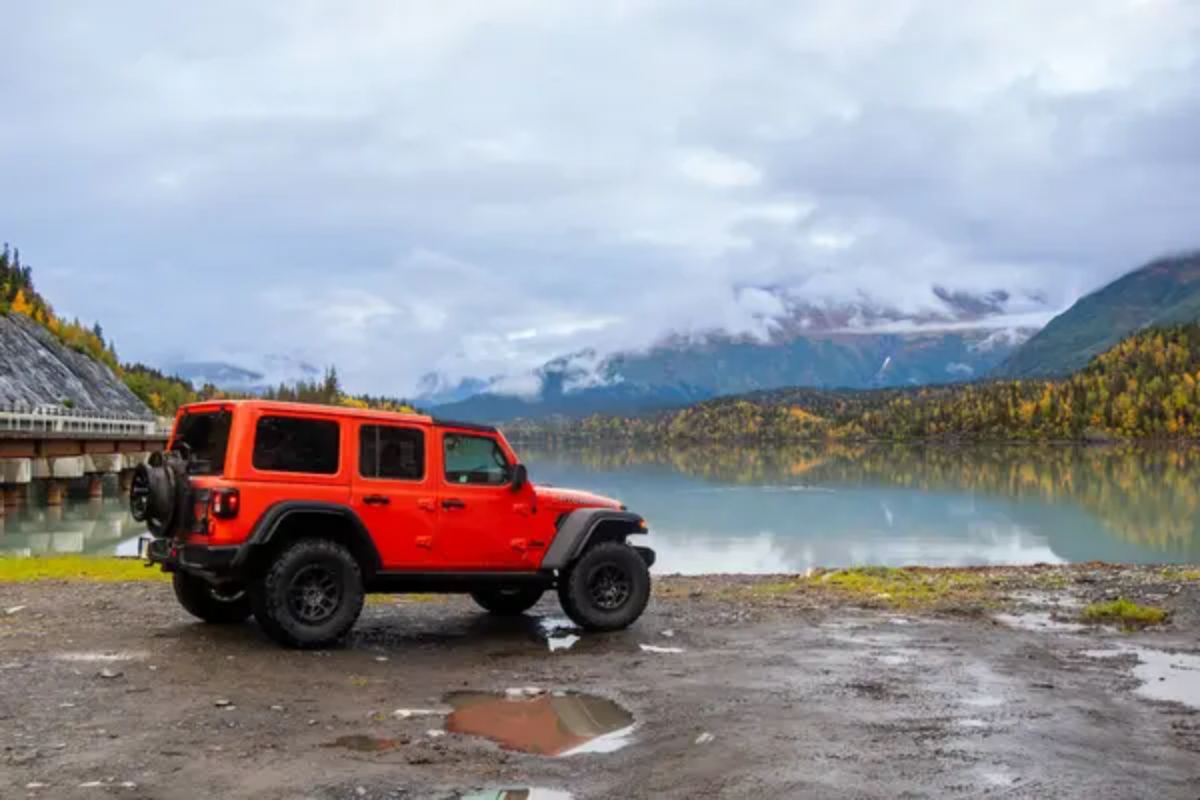
Both regions feature iconic road journeys that rank among the world’s great drives—Alaska’s Dalton Highway and Patagonia’s Carretera Austral. These routes share remarkably similar characteristics—they are largely unpaved, offer minimal services, and require careful planning.
Both roads weren’t constructed with tourism in mind but rather to connect isolated communities and extract natural resources. Today, they serve as adventure corridors for travelers seeking remote experiences.
Indigenous Cultural Heritage

Native peoples in both regions developed specialized adaptations to survive in challenging environments, with the Tlingit and Alutiiq in Alaska paralleling the Tehuelche and Mapuche in Patagonia. These indigenous groups created similar technologies for survival, from specialized hunting techniques to practical clothing innovations.
Their traditional ecological knowledge continues to influence conservation efforts in both regions today.
Like Travel Pug’s content? Follow us on MSN.
Frontier Town Similarities
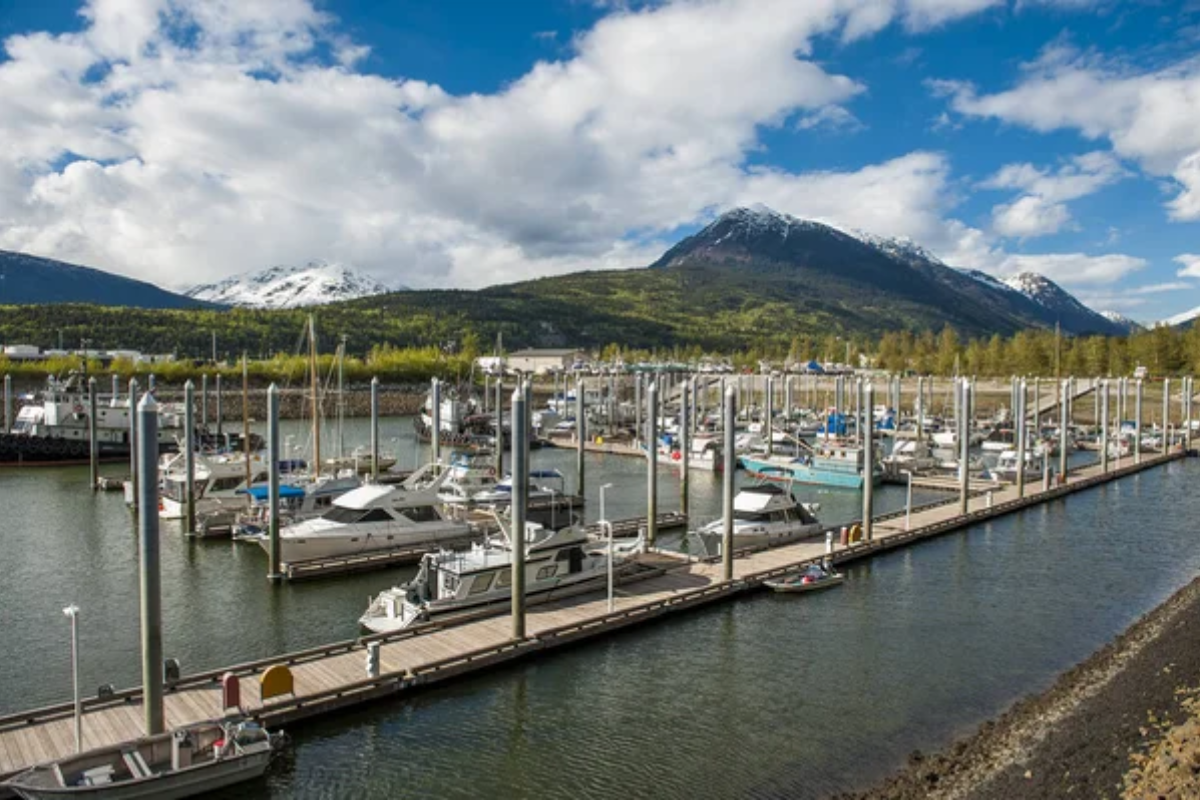
Small gateway communities in both destinations share a distinctive frontier character – places like Homer, Alaska, and El Chaltén, Argentina, began as outposts for resource extraction or agricultural expansion before transforming into tourism hubs. These towns feature similar aesthetics – practical architecture, limited services, and a rugged charm that reminds visitors they’re at the edge of civilization.
Even local gathering spots share similar atmospheres – where outdoor gear replaces formal attire.
Conservation Success Stories
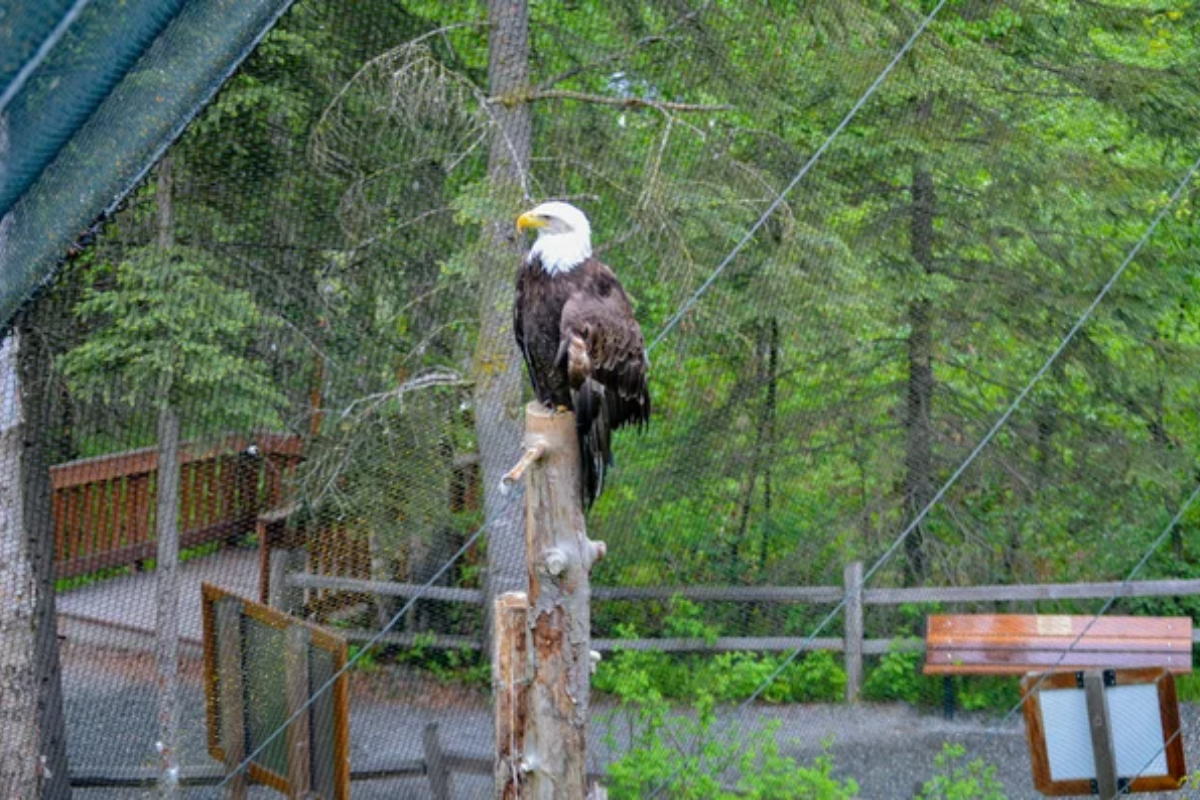
Both regions showcase how determined conservation efforts can protect vast wilderness areas—Denali National Park and Los Glaciares National Park stand as monuments to the preservation vision. Both areas faced similar threats of resource extraction, which was overcome through persistent advocacy.
Their protection histories follow parallel timelines, with major conservation victories occurring during similar periods in the mid-20th century despite being separated by thousands of miles.
Seasonal Tourism Extremes
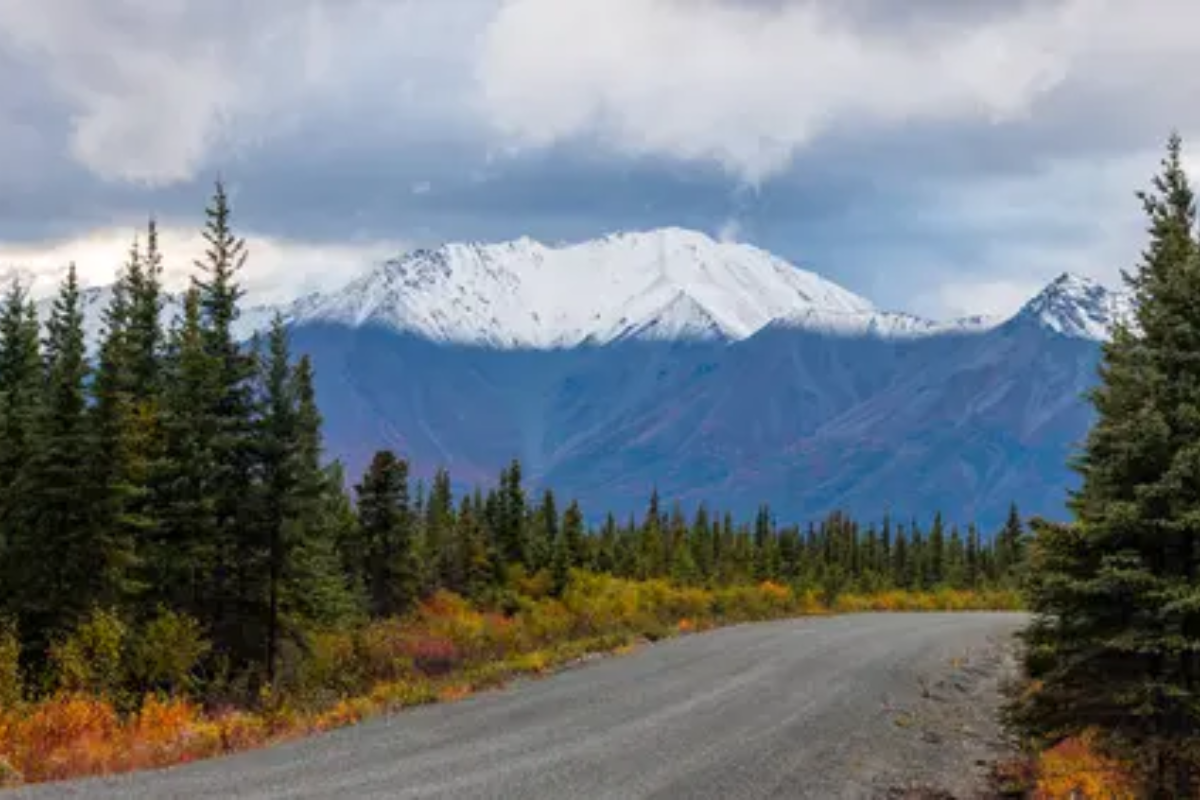
Both destinations experience almost identical tourism patterns – with intense summer visitor peaks and dramatic winter dropoffs. Many businesses in both regions operate seasonally, opening only during the 4-5 month high season and closing completely during winter.
This creates similar employment patterns, housing challenges, and infrastructure strains that residents of both regions immediately recognize in each other’s communities.
Like Travel Pug’s content? Follow us on MSN.
Extreme Daylight Fluctuations
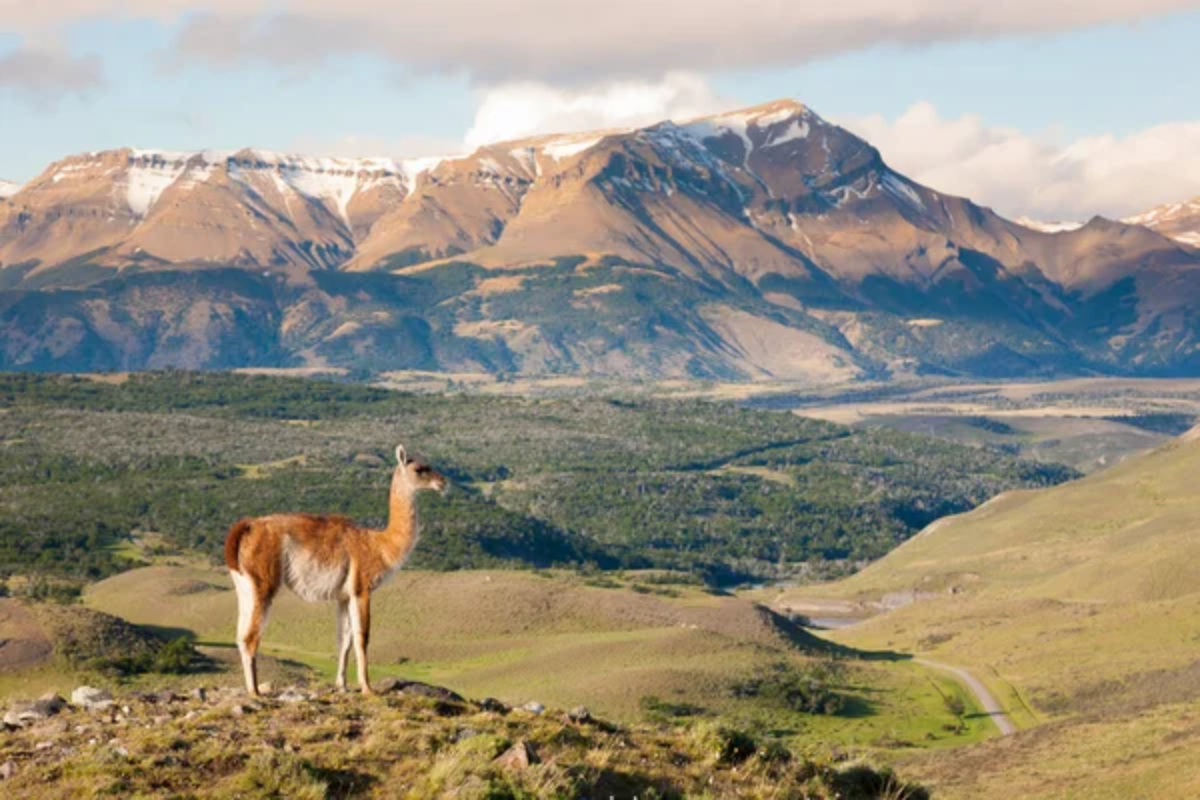
While opposite in timing, both regions experience dramatic seasonal light changes that profoundly affect daily life and visitor experiences. Alaska’s midnight sun in June and July contrasts with its winter darkness, while Patagonia experiences extended summer daylight in December and January, followed by short winter days.
These light extremes create similar photography challenges and opportunities in both destinations – just six months apart.
Wildlife Viewing Opportunities
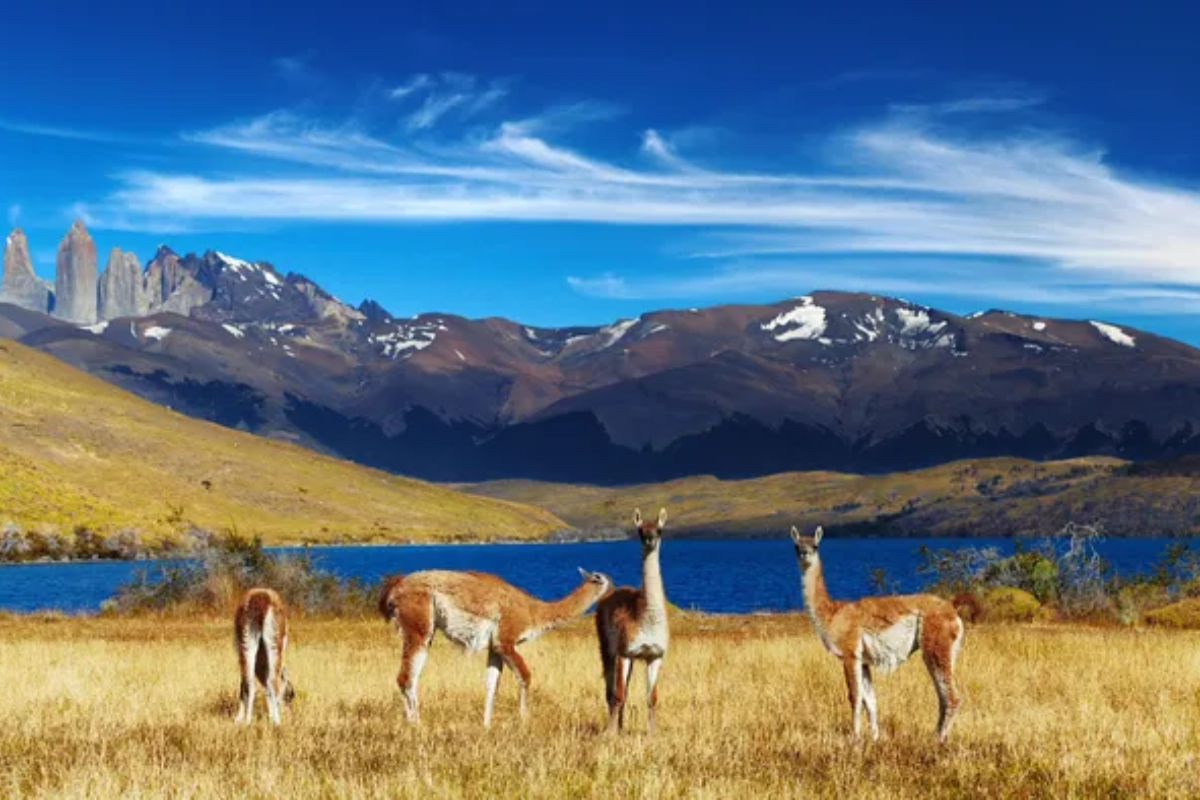
Both regions offer world-class wildlife observation – with remarkably similar viewing experiences across different species. Alaska’s grizzlies fishing for salmon parallel Patagonia’s pumas hunting guanacos – both creating premier wildlife photography opportunities that attract global visitors.
Marine wildlife watching follows similar patterns – with whale-watching excursions in both regions operating under nearly identical conditions and protocols.
Distinctive Local Characters

Remote living attracts similar personality types regardless of location – both regions draw independent-minded residents who value self-sufficiency and accept isolation. Conversations with locals in either place reveal common themes – appreciation for natural beauty, pride in surviving harsh conditions, and ambivalence about increasing tourism.
These social similarities extend to visitor demographics as well – both destinations attract adventurous travelers seeking authentic wilderness experiences.
Like Travel Pug’s content? Follow us on MSN.
Adventure Activity Parallels
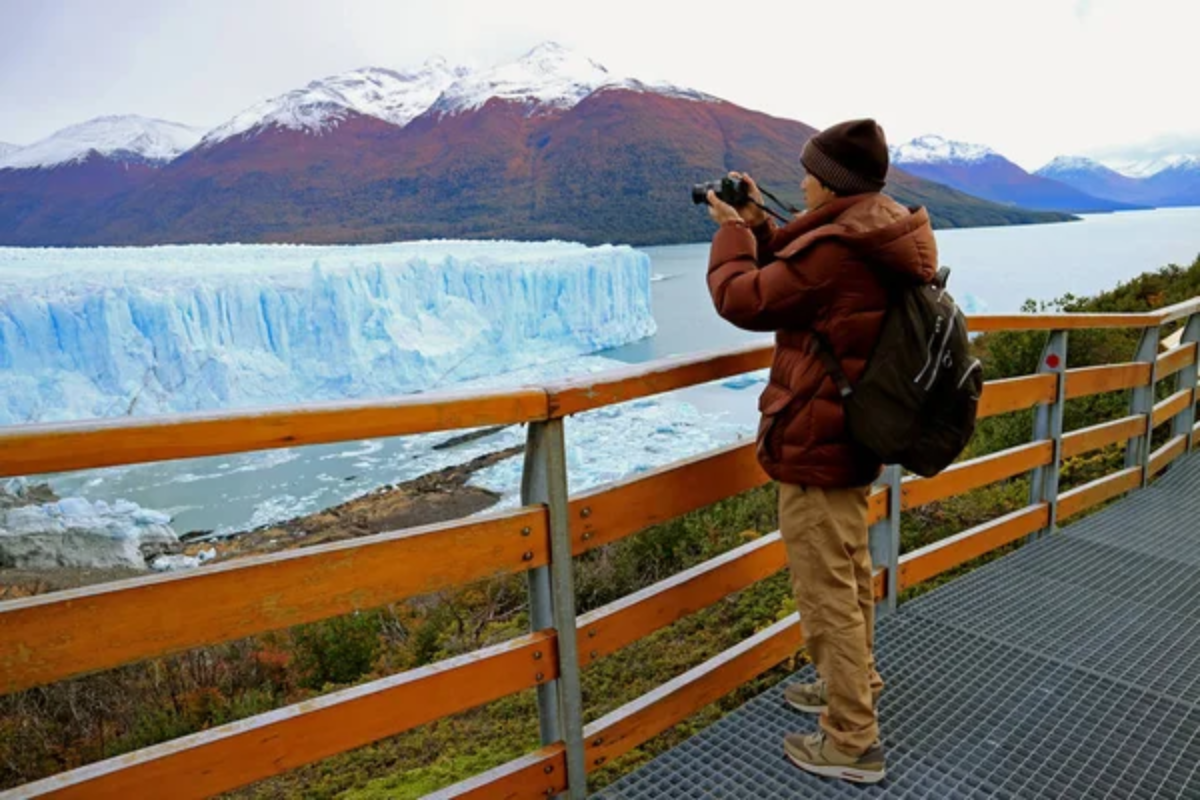
The adventure activity menus in both destinations read almost identically – with guided glacier hiking, wilderness kayaking, and multi-day backpacking being signature experiences. Activity providers in both regions use similar equipment, safety protocols, and even marketing language to attract adventure travelers.
The technical skills required for guides mirror each other so closely that many seasonal workers alternate between regions, following the summer seasons across hemispheres.
Research Station Importance

Both regions host significant scientific research facilities studying similar phenomena—climate change impacts, glacial retreat, and ecosystem dynamics. These research stations in Alaska and Patagonia face identical logistical challenges and often collaborate internationally.
Their findings frequently complement each other, with discoveries in one region helping explain observations in the other despite their geographic separation.
Limited Transportation Networks
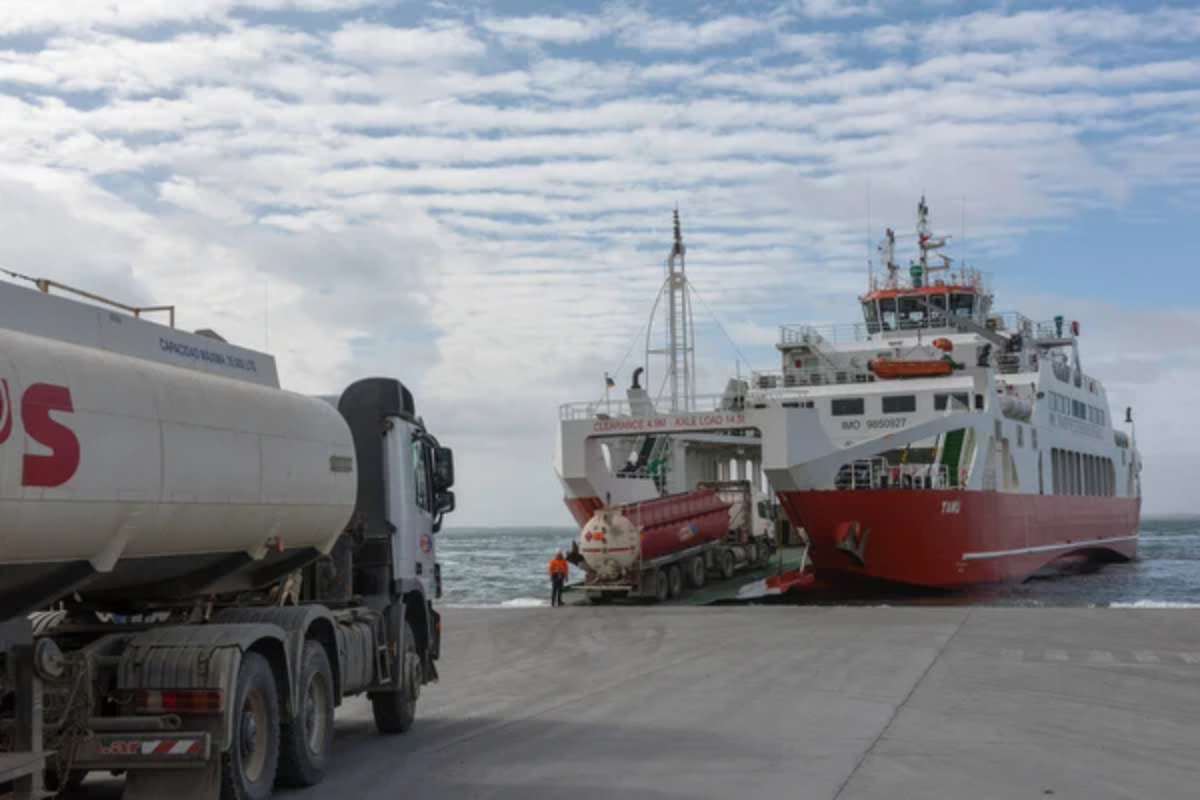
Transportation infrastructure in both regions follows similar minimal development patterns – with many areas accessible only by boat or aircraft. Both regions feature communities completely disconnected from road networks, creating distinctive supply chain challenges.
This limited connectivity shapes everything from food costs to emergency response capabilities in nearly identical ways despite different governmental contexts.
Like Travel Pug’s content? Follow us on MSN.
Resource Extraction Tensions
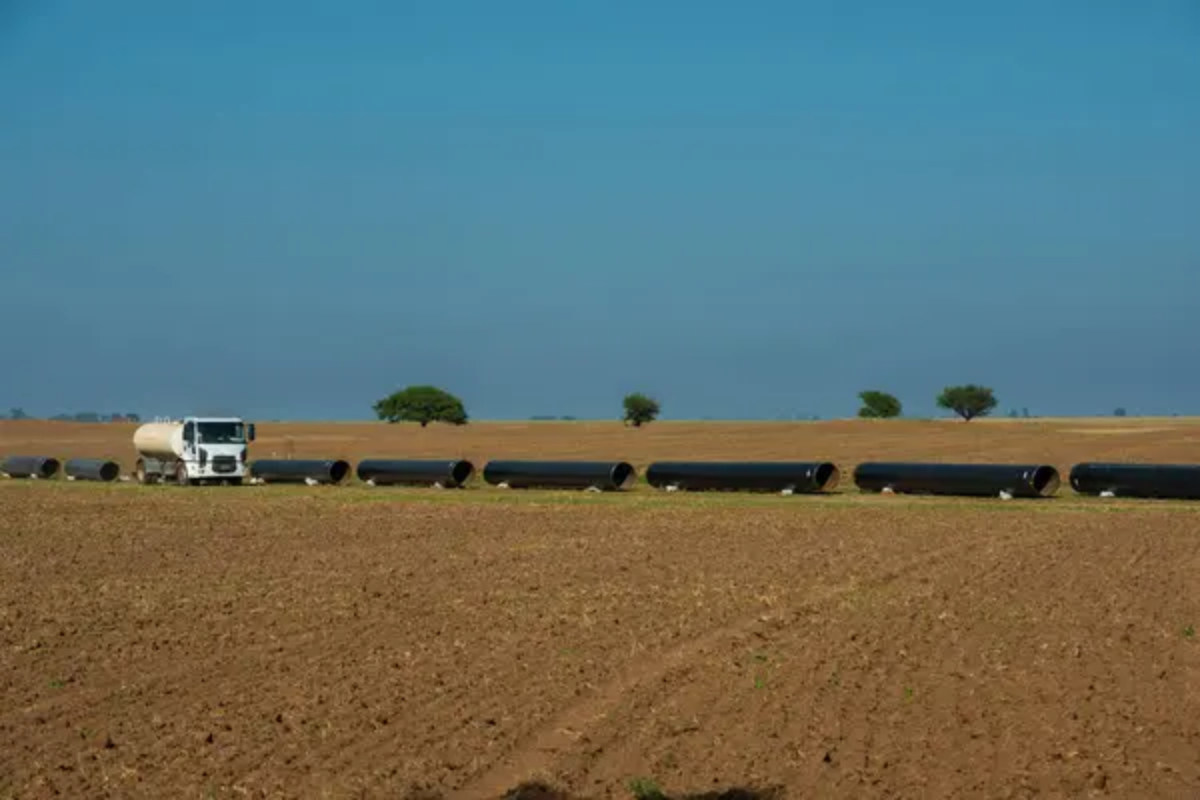
Both regions continue navigating tensions between conservation values and resource development pressures – particularly around mining, timber, and energy extraction. These debates follow remarkably similar patterns in both regions, with economic development advocates and environmental protectionists making nearly identical arguments.
The political dynamics around these issues create comparable community divisions regardless of national context.
Outdoor Gear Requirements
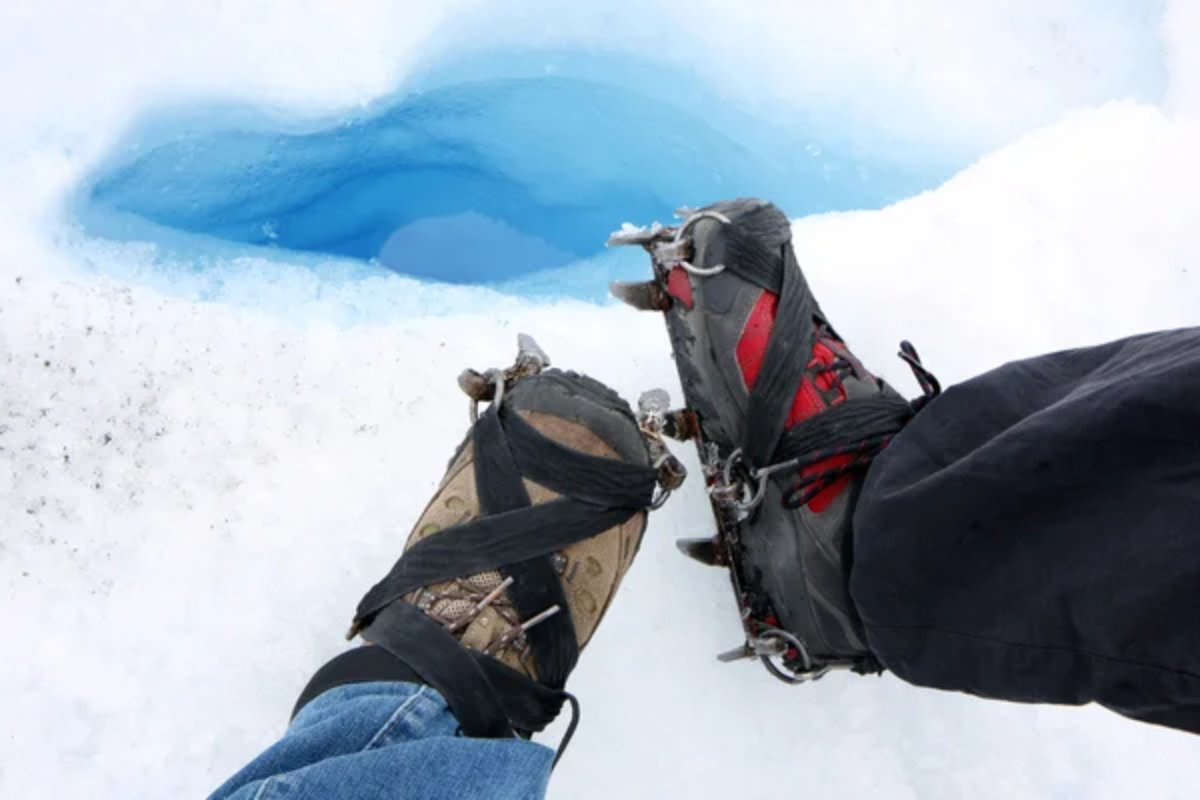
Packing lists for both destinations appear nearly interchangeable. Waterproof layers, sturdy hiking boots, and serious insulation are essential regardless of which region you visit. Local outdoor shops in both areas stock almost identical inventory despite their geographic separation.
The gear recommendations from experienced guides in either location would serve travelers perfectly well when visiting the other region.
Distinct Regional Cuisine

Both areas have developed distinctive food cultures heavily influenced by their natural resources and isolation. These cultures feature fresh seafood, wild game, and limited agricultural options.
Traditional preservation techniques share surprising similarities, from smoking salmon in Alaska to curing meat in Patagonia. Even contemporary restaurant scenes in both regions show parallel development patterns, with innovative chefs transforming traditional ingredients into modern presentations.
Like Travel Pug’s content? Follow us on MSN.
Wild Cousins Across Hemispheres
Despite being separated by nearly half the globe, Alaska and Patagonia remain spiritual siblings in the realm of wilderness destinations. Their parallel development, similar challenges, and shared aesthetics create a remarkable connection that transcends their geographic separation.
For travelers fortunate enough to experience both regions, the similarities often prove more striking than the differences – revealing how certain landscape types create similar human responses regardless of location. These wild frontiers may occupy opposite ends of the Americas, but their wilderness essence makes them more twins than distant cousins.
More from Travel Pug

- 20 Destinations That Were Once Thriving but Are Now Quietly Disappearing
- 13 Destinations Where Tourists Regularly Regret Their Trip
- 20 Once-Popular Beach Towns That Are Now Ghostly Empty
- 10 Under-the-Radar Mountain Towns That Are Both Affordable and Beautiful
- Take a ‘Learning Vacation’ in These 20 Extraordinary Places
Like Travel Pug’s content? Follow us on MSN.

